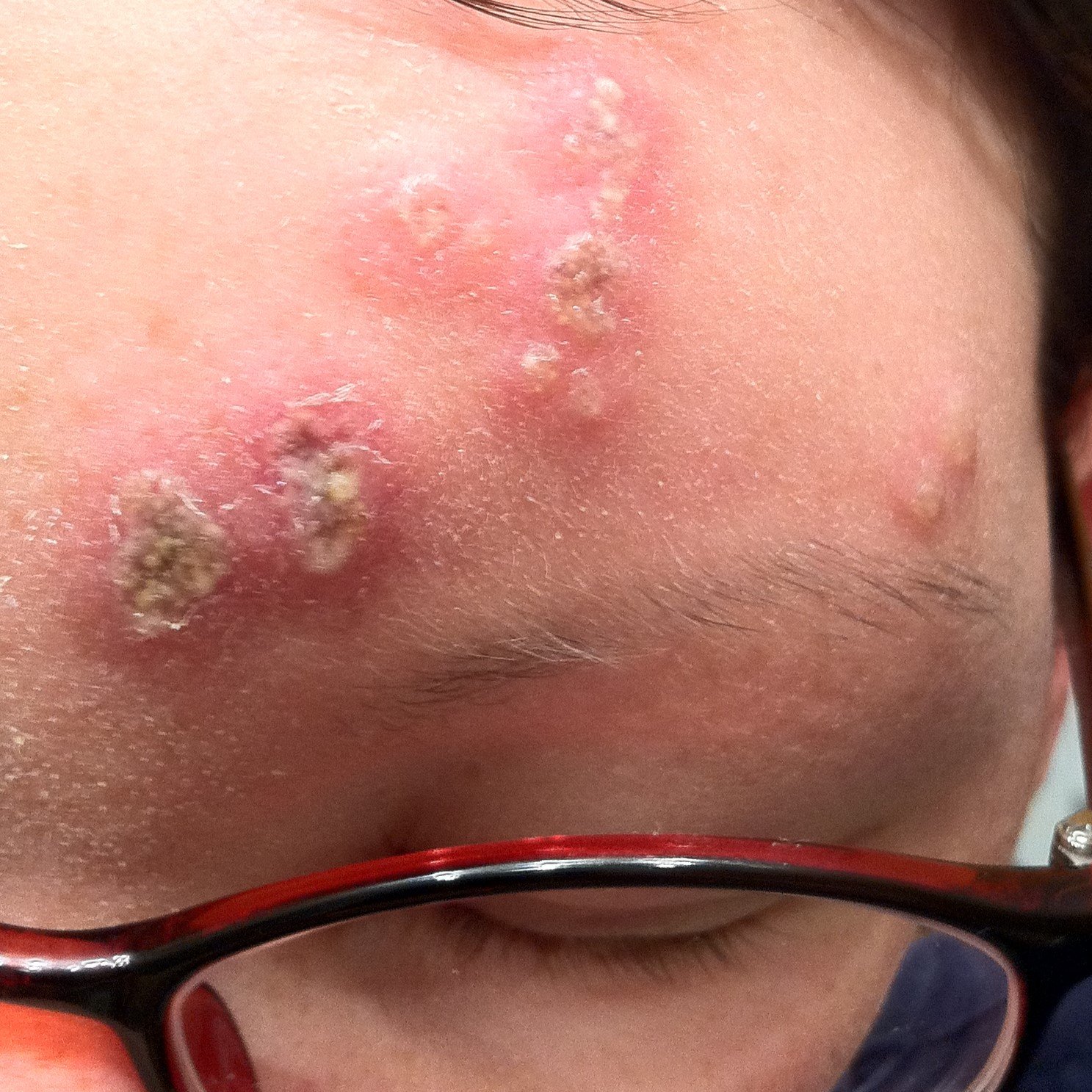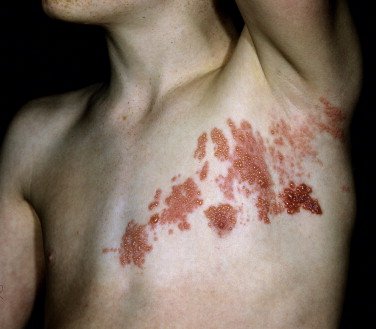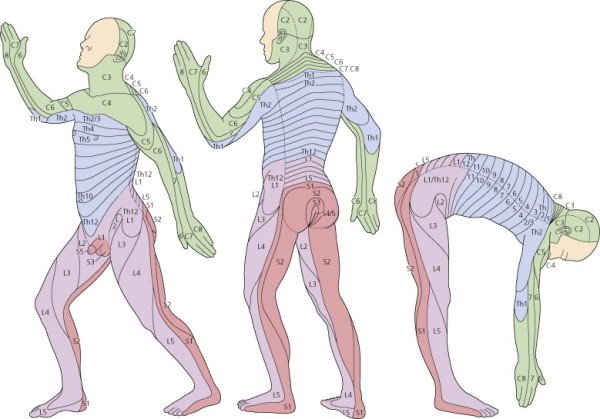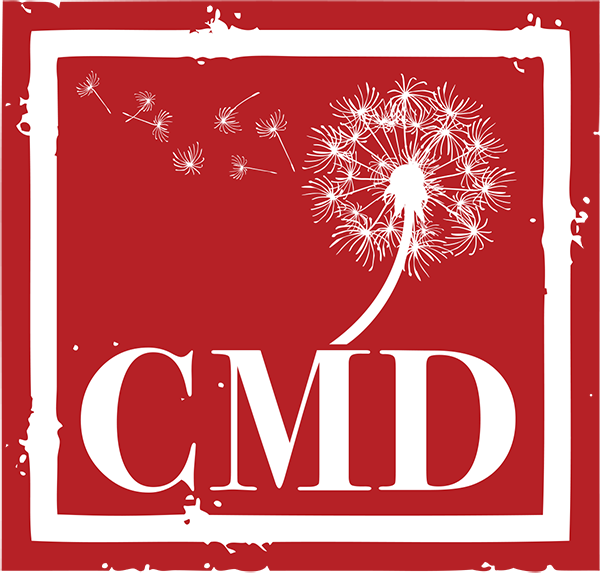
What Having Shingles Felt Like and How I Treated It
I am currently recovering from an outbreak of shingles. As you learned in my previous post, shingles is the common name for the condition that results from a reactivation of the varicella-zoster virus. Ten days ago, the virus that had been lying dormant in my left 5th cranial nerve since I contracted chicken pox at age 8, became active again. Have I really been that stressed? I didn’t think so, but apparently my immune system was taxed enough to let its guard down against the herpes zoster army that subsequently attacked my ophthalmic nerve.

Shingles Part II: TCM Differentiation and Treatment
[Caution for my readers: The information in this post is intended for healthcare practitioners. Do not attempt to administer any of the suggested medicinals or supplements to yourself at the doses suggested here. Not all of the substances mentioned here are safe for every patient and they should only be prescribed by licensed practitioners.]

Shingles Part I: Understanding the Viral Phases
Herpes Zoster (a.k.a. Shingles) is an acute skin infection associated with the reactivation of the varicella-zoster virus (the virus that causes chickenpox). During chicken pox infection, the virus enters the cutaneous nerves and then travels to the dorsal root ganglia where it lies dormant until something triggers it to become active again. Stress, illness, emotional upset, T-cell immuno-suppressant drugs, fatigue and radiation therapy (any circumstances that compromise a patient’s immunity) can trigger the latent virus to travel back down the sensory nerve to infect the surface of the skin (along a single dermatome).
There are 3 distinct clinical phases of shingles: prodromal, active, and chronic.
